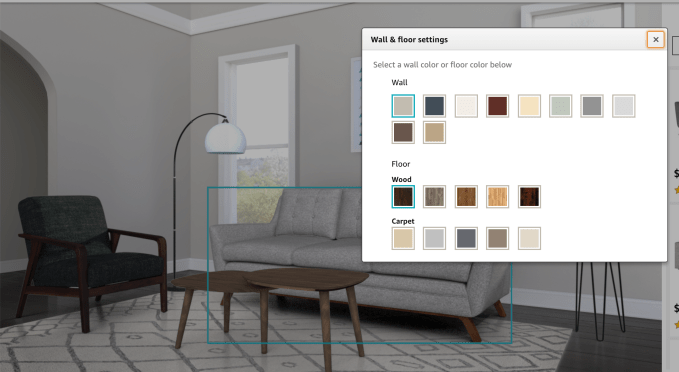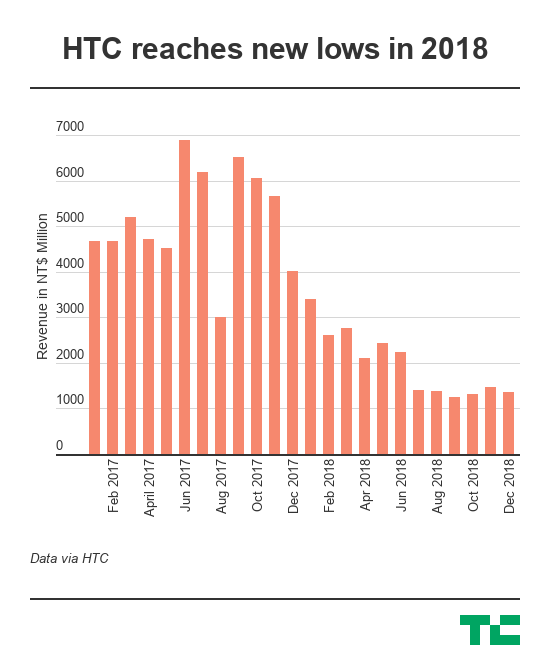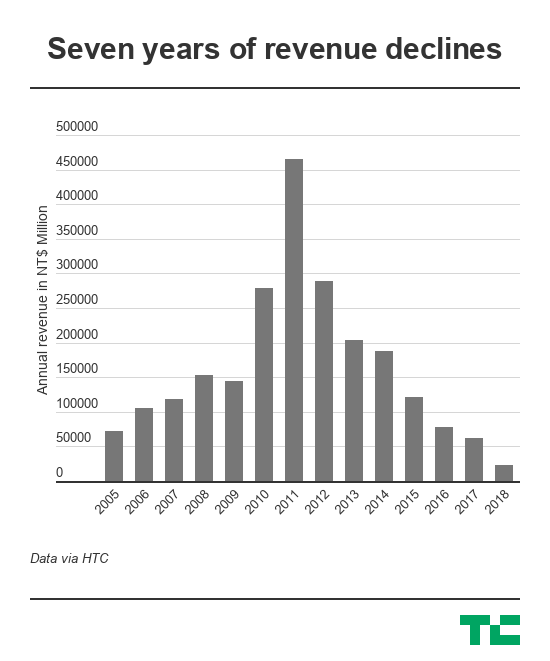Amazon just over a year ago launched its first in-home furniture brands, with private labels Rivet and Stone & Beam. This past fall, it began experimenting with a new, more visual way to shop for furniture and other merchandise with its Pinterest-like recommendation service Scout. Now, Amazon is venturing further into home furnishings with the debut of Amazon Showroom, a visual design tool that allows you to place furniture into a virtual living room, customize the décor, then shop the look.
The retailer didn’t formally announce the launch of Amazon Showroom, but a spokesperson confirmed it’s a recent test that’s now available on Amazon.com and in the Amazon mobile app.
You can access it from the “Accounts & Lists” drop-down on the web; the Home, Garden & Pets department on the web; or the Home & Kitchen department on the mobile app.
Currently, the new feature is focused on helping Amazon shoppers put together a living room. In a virtual setting, you can make adjustments to the wall color and the flooring, then swap out each item in the space with one of your own choosing — including the sofa, coffee table, chair, end table, lamp, rug and even the art on the wall.

To do so, click on the piece in question, then pick another from the right-side panel where a scrollable list of options are available, along with their prices. This selection can be filtered by a number of factors, as well, like price, style, color, material, brand and star rating.
Not surprisingly, Amazon’s own home furnishing brands are heavily featured here.
As you work on your project, you can save your room design to pull up later. And you can save more than one room design, if you’re trying to decide between different styles. When satisfied, an “Add to cart” button lets you place all into your cart for checkout with just one click.

Amazon Showroom — a name that’s almost a cruel reference to Amazon’s ability to turn brick-and-mortar stores into showrooms for online shoppers — isn’t the retailer’s first attempt at helping shoppers visualize items in their home ahead of purchase. The company also launched an AR shopping feature in its app in 2017, which allows you to place a virtual item in your camera view to see how it goes in your own room. That can be useful if shopping for a single item, but less so when designing a complete room.
Home furnishings is still an emerging category for online retail, not only because they’re hard to visualize, but also because heavy items are expensive to ship. However, major retailers see the potential in this growing market.
Walmart, for example, launched a new home shopping site for furniture and décor last year, which features its own in-house brands and more visual, editorial-style imagery. It has also snapped up other home furnishing and décor retailers, including Hayneedle and recently, Art.com, and is building its own visual search.
Amazon confirmed the launch of Showroom in a statement.
The retailer wouldn’t say when the feature debuted, exactly, but a Twitter account was tweeting links to a pre-production site earlier in December. Amazon confirmed that Amazon Showroom was built entirely in-house.
“Amazon Showroom is a new way for customers to visualize their home furnishing purchases when shopping online,” a spokesperson told TechCrunch. “Amazon Showroom presents customers with a virtual living room, where they can customize the décor and furniture selection providing the ability to visually compare to scale representations of furniture items together in a room to determine how an item will fit with the style of a room and work with other complimentary pieces. The result is a photorealistic rendering of a room that answers the question: ‘How will this all look together?’,” they said.
The feature is live for all customers on the web and in the Amazon app.
Update, 1/4/19, 1:50 PM ET with confirmation from Amazon that Showroom was built in-house.

Source: Tech Crunch



 HTC’s 2018 total was so bad that it actually made more money during just one single month a few years ago. Its total revenue during May 2013, back when
HTC’s 2018 total was so bad that it actually made more money during just one single month a few years ago. Its total revenue during May 2013, back when  Even VR, trumpeted as HTC’s great area of hope, is a long-term play.
Even VR, trumpeted as HTC’s great area of hope, is a long-term play.



